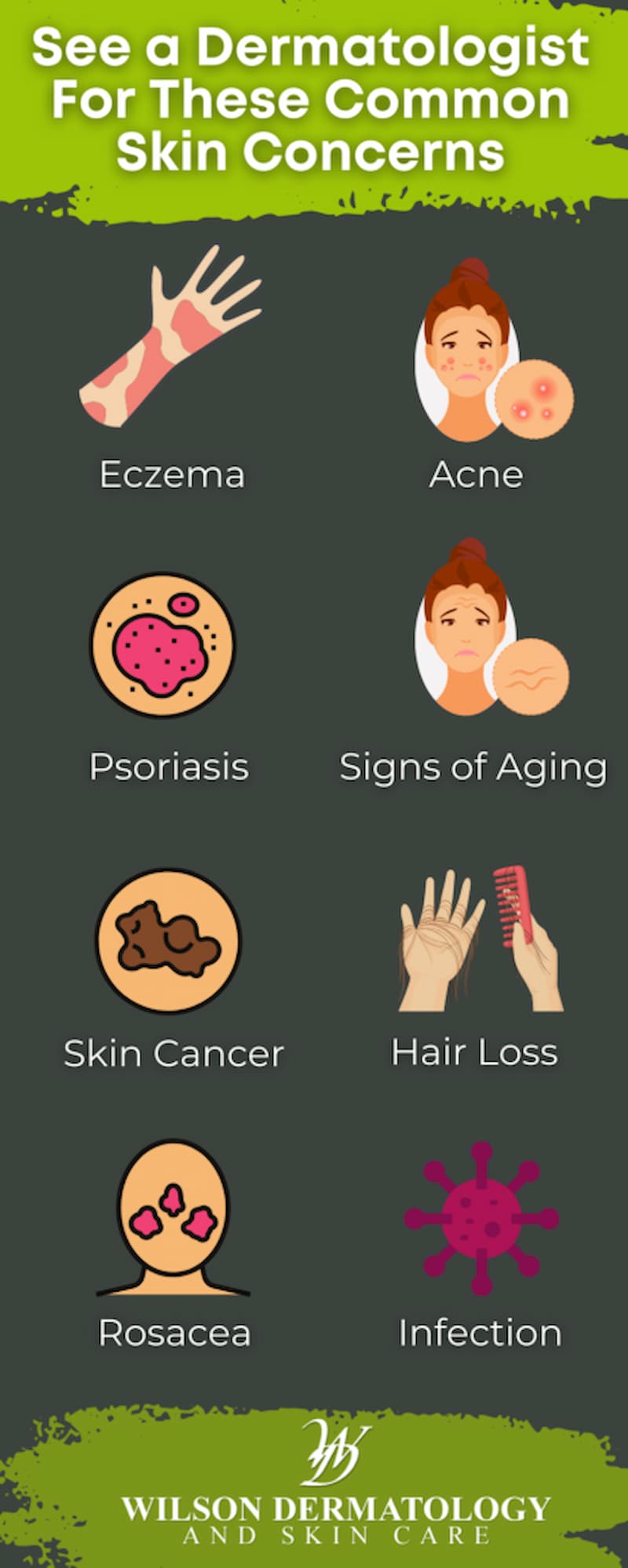Find solutions for your hair loss issues with guidance from an experienced hair care specialist.
Find solutions for your hair loss issues with guidance from an experienced hair care specialist.
Blog Article
Navigating Skin Cancer Cells Treatment: The Vital Role of Mohs in Modern Dermatology Practices
Skin cancer cells, a daunting medical diagnosis, commonly leaves clients grappling with countless treatment alternatives. Amongst these, Mohs surgery stands as a sign in modern dermatology, renowned for its thorough technique to cancer elimination and preservation of bordering healthy cells. This ingenious practice guarantees not only remarkable cosmetic outcomes but likewise offers prompt results, reducing client anxiety. As we check out the complexities of this treatment, one will value its pivotal duty in skin cancer therapy.
Recognizing Skin Cancer: Kinds and Dangers
Skin cancer cells, a possibly deadly ailment, is even more prevalent than lots of individuals recognize. This disease, triggered by the uncontrolled development of abnormal skin cells, mostly results from DNA damage because of exposure to the sun and ultraviolet (UV) light. There are 3 primary kinds of skin cancer: Basal cell cancer, Squamous cell carcinoma, and Melanoma. While the previous two are much less deadly and comprise the majority of diagnosed situations, melanoma is the most harmful. It makes up just regarding 1% of skin cancer cells instances yet creates the vast majority of skin cancer cells fatalities - mohs surgery. Risk elements include reasonable skin, background of sunburn, extreme sun exposure, living at high altitudes or close to the equator, having numerous moles, a family history of skin cancer, and compromised immune system.
What Is Mohs Surgical procedure and Exactly How It's Transforming Skin Cancer Therapy
Regardless of the countless treatments currently offered for skin cancer cells, Mohs surgical procedure stands out as a groundbreaking and highly effective service. Named after Frederic E. Mohs, the doctor who established the treatment, Mohs surgery is a precise surgical technique used to treat skin cancer. This level of precision, combined with the ability to spare as much healthy tissue as possible, is transforming skin cancer treatment.
The Advantages of Mohs Surgery Over Conventional Skin Cancer Treatments
Building on the innovative nature of Mohs surgery, it's important to consider its various advantages over standard skin cancer cells treatments. Unlike standard operating procedures, Mohs uses a higher cure price, commonly getting to 99% for first-time treatments and 94% for reoccurring cancers. This accuracy results from its special approach of gradually eliminating and analyzing cells layers up until only cancer-free cells remain (dermatologist). In addition, it lessens damage to healthy and balanced skin, causing less scarring and boosted aesthetic outcomes. Mohs additionally offers immediate outcomes, eliminating the anxiety-ridden delay common with various other techniques. Lastly, it's economical, as the surgical treatment and tiny evaluation take place concurrently, removing the requirement for added lab solutions. Hence, Mohs represents a substantial development in skin-related practices.
The Treatment of Mohs Surgical Procedure: What to Anticipate During the Process

Prospective Adverse Effects and Post-Operative Treatment of Mohs Surgery
Going through Mohs surgical treatment, like any type of other surgery, involves prospective adverse effects that individuals need to understand. Usual negative effects consist of pain, bruising, and swelling at the surgical treatment website. However, these are generally temporary and workable with over the counter pain medicine and cold pack. In uncommon instances, patients might experience infection, blood loss, or an allergic response to the local you can find out more anesthetic. Post-operative care is vital to recovery and reducing adverse effects. This normally entails maintaining the injury tidy and completely dry, taking recommended medicines, and preventing strenuous activities. Patients should also attend all follow-up appointments for wound care and monitoring. Sometimes, additional treatments might be essential to make certain full elimination of the malignant cells. Complying with these post-operative care guidelines can significantly improve recovery and outcomes.
Verdict

Report this page